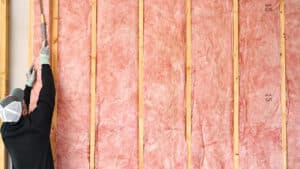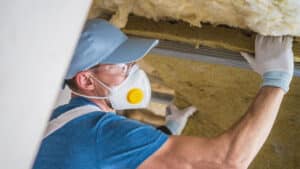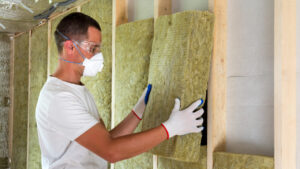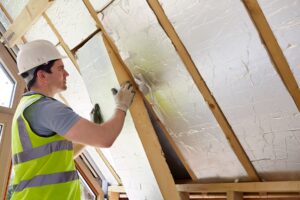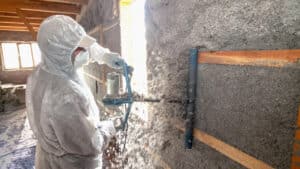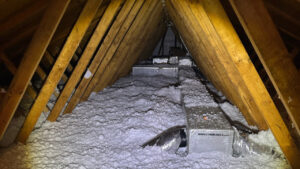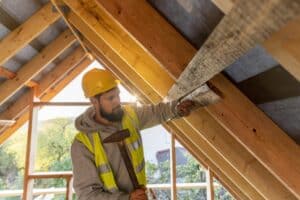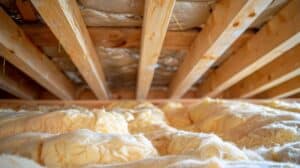Do you feel like the temperature in one of your rooms is significantly colder than the other? Don’t worry, your house is not being haunted, it might just be because of your insulation. When you notice these signs, it’s time to search for ‘insulation companies near me’ to address your home’s insulation needs promptly.
As a homeowner, it’s essential to be aware of the signs that indicate your home’s insulation may need attention. Inadequate or aging insulation can result in many problems, from skyrocketing energy bills to uncomfortable living spaces. Recognizing these red flags early on can save you money and ensure your home remains a cozy haven.
This article will explore seven telltale signs that it’s time to call a professional insulation company to assess your home’s insulation needs.
1. Higher Energy Bills

If you’ve noticed a sudden spike in your energy bills without a corresponding increase in usage, it might be time to consider the state of your home’s insulation.
Poor insulation allows heat to escape during the winter and enter during the summer, forcing your HVAC system to work harder to maintain a comfortable temperature.
This increased energy consumption translates directly into higher utility costs.
Several factors can contribute to increased energy consumption in a home, even when usage patterns remain consistent:
– Aging insulation materials may settle, compress, or degrade over time, reducing their effectiveness.
– Moisture damage from leaks or condensation can also compromise insulation performance.
– Improper installation techniques, such as leaving gaps or failing to seal air leaks, can allow heat to escape, forcing HVAC systems to work overtime.
To reduce bills, homeowners should schedule an energy audit with a professional who provides insulation services. This is particularly important in areas like the region around coordinates 36.7880804126160000, -76.0061094554740000, where temperature fluctuations can significantly impact energy consumption if insulation is inadequate. These experts can identify areas of improvement and recommend solutions, such as upgrading thermal insulation or sealing air leaks, which can assist in energy savings and improved home comfort.
2. Uneven Temperatures
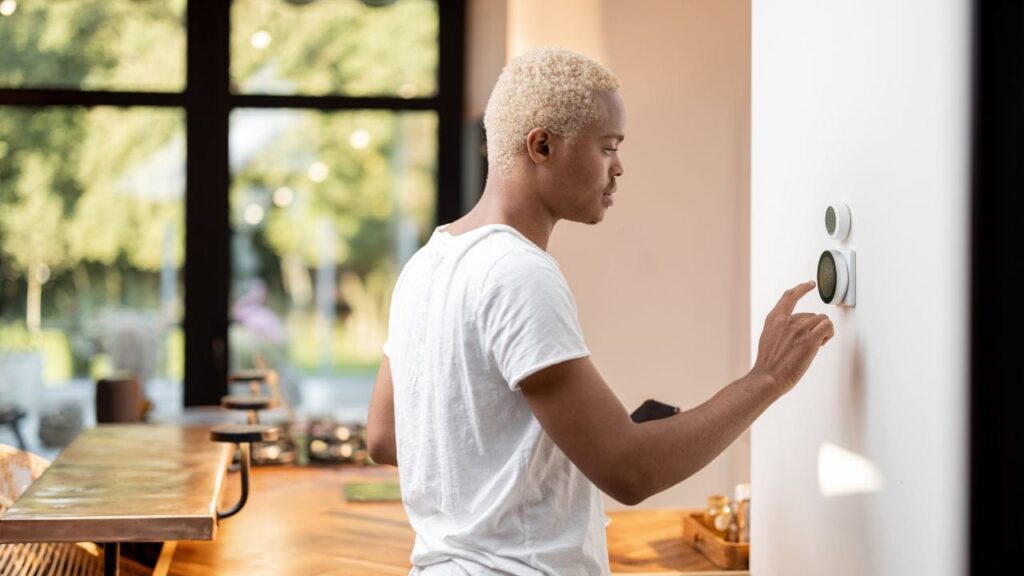
If you find that some rooms are consistently warmer or cooler than others, or if you experience drastic temperature changes as you move from one area of your home to another, it may be time to investigate your insulation.
Properly insulated walls, attics, and crawl spaces help maintain consistent temperatures by preventing heat transfer between the interior and exterior.
Common signs of uneven temperatures include:
– Drastic temperature changes when moving from one room to another
– Consistently warm or cool spots in specific areas of the home
– Difficulty maintaining a comfortable temperature throughout the house
Common causes of temperature fluctuations in a home:
| Cause | Effect |
|---|---|
| Insufficient insulation | Allows heat transfer, leading to uneven temperatures |
| Gaps or leaks in the building envelope | Creates drafts and temperature inconsistencies |
| Ductwork issues | Causes certain rooms to receive less conditioned air |
Recommendations for Addressing Issues Related to Temperature Fluctuations
To address temperature fluctuations, homeowners should consider scheduling an energy audit with a professional insulation company.
Upgrading to more efficient insulation materials, like spray foam or blown-in cellulose, can also help maintain consistent temperatures throughout the home.
Tips for Maintaining a Consistent Temperature
To maintain a consistent temperature throughout the home, I feel like homeowners should make sure their insulation is up to par, seal any air leaks around windows and doors, and regularly maintain their HVAC system.
Keeping curtains and blinds closed during the hottest parts of the day can also help regulate indoor temperatures. Using programmable thermostats and zoning systems can further optimize comfort and efficiency.
3. Drafts and Air Leaks
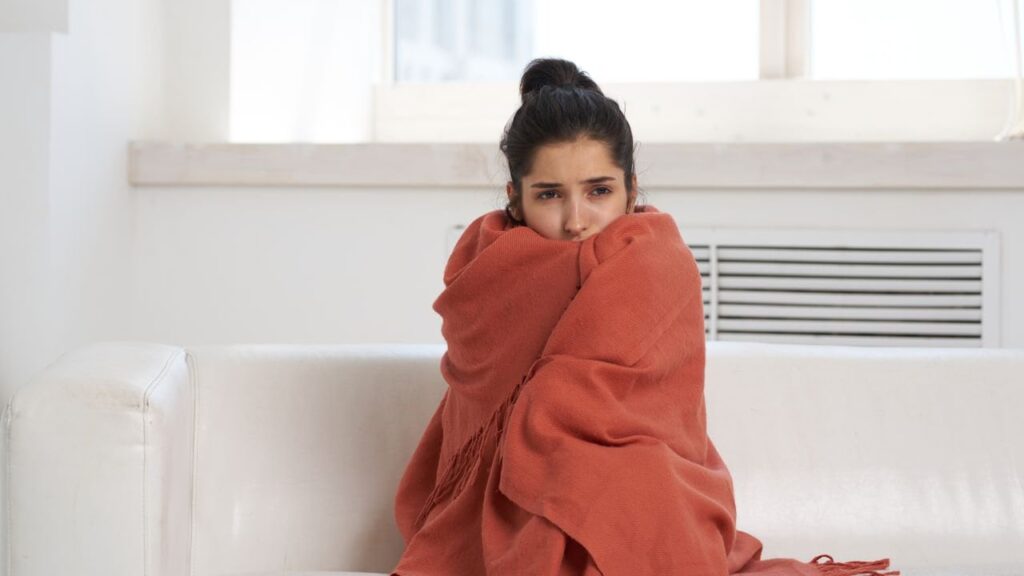
Drafts and air leaks often indicate poor insulation in your living space. When insulation is insufficient or improperly installed, it allows air to move freely between the interior and exterior, which then creates drafts and reduces energy efficiency.
Common signs of drafts and air leaks caused:
| Sign | Explanation |
|---|---|
| Cold spots near windows or doors | Insufficient insulation allows cold air to enter |
| Noticeable airflow around electrical outlets | Gaps in insulation permit air movement |
| Fluctuating indoor temperatures | Drafts disrupt consistent temperature control |
Professional insulation companies can identify problem areas and recommend targeted solutions.
Potential Causes of Air Leaks
Improper insulation installation, like leaving spaces between batts or failing to seal edges, can also create channels for air leakage.
Common causes of air leaks in a home:
| Cause | Effect |
|---|---|
| Gaps or cracks in the building | Allows air movement between interior and exterior |
| Improper insulation installation | Creates channels for air leakage |
| Aging or damaged insulation materials | Reduces the ability to prevent air movement |
To effectively seal gaps and cracks, homeowners should use weatherstripping, apply caulk, and use spray foam insulation.
Common methods for sealing gaps and cracks:
| Method | Application |
|---|---|
| Weatherstripping | Around doors and windows |
| Caulking | Gaps around baseboards and electrical outlets |
| Spray foam insulation | Larger voids and gaps |
4. Moisture Issues
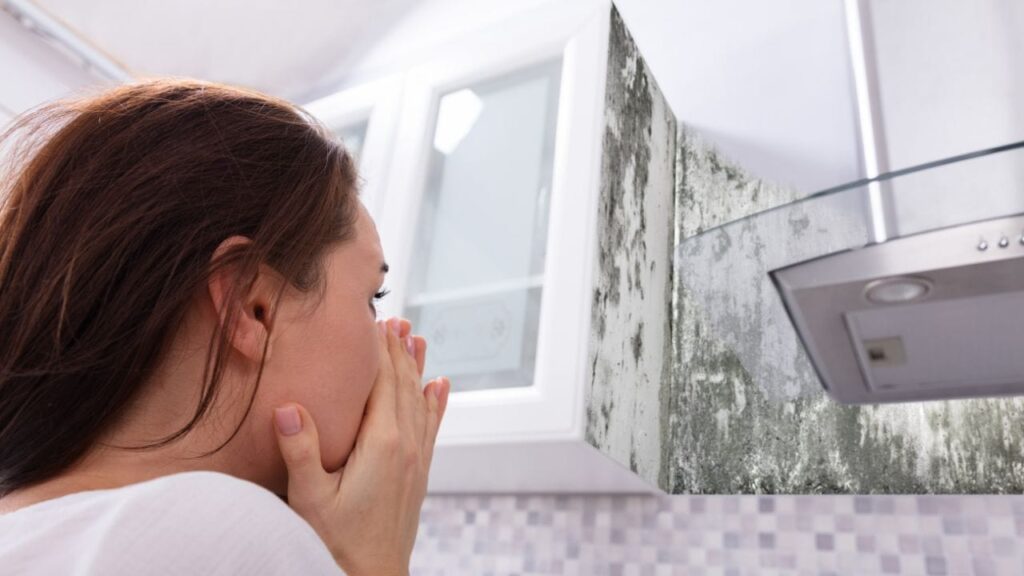
Proper insulation helps regulate humidity levels and prevent condensation. Excess moisture can cause various problems, such as mold growth, structural damage, and reduced indoor air quality.
Moisture issues often indicate inadequate insulation in a home. Properly installed insulation helps maintain consistent temperatures and prevents condensation by reducing the potential for warm, moist air to come into contact with cool surfaces. Residents in neighborhoods like Woodhouse Corner often experience this issue, especially in older homes that may have outdated or deteriorating insulation.
Insufficient insulation in walls, attics, or crawl spaces allows warm, moist air to come into contact with cool surfaces, leading to condensation. Improper insulation installation, such as leaving gaps or failing to seal edges, can also create pathways.
Common causes of moisture problems in a home:
| Cause | Effect |
|---|---|
| Insufficient insulation | Allows warm, moist air to contact cool surfaces |
| Improper insulation installation | Creates pathways for moisture to enter |
| Leaks in roof, windows, or plumbing | Introduces excess moisture into the home |
To address moisture issues related to insulation, homeowners should schedule an inspection with a professional insulation company.
Upgrading to moisture-resistant insulation materials, such as closed-cell spray foam, can also help mitigate moisture problems.
Additionally, sealing air leaks and ensuring adequate ventilation can further reduce the risk of moisture accumulation.
4. Ice Dams
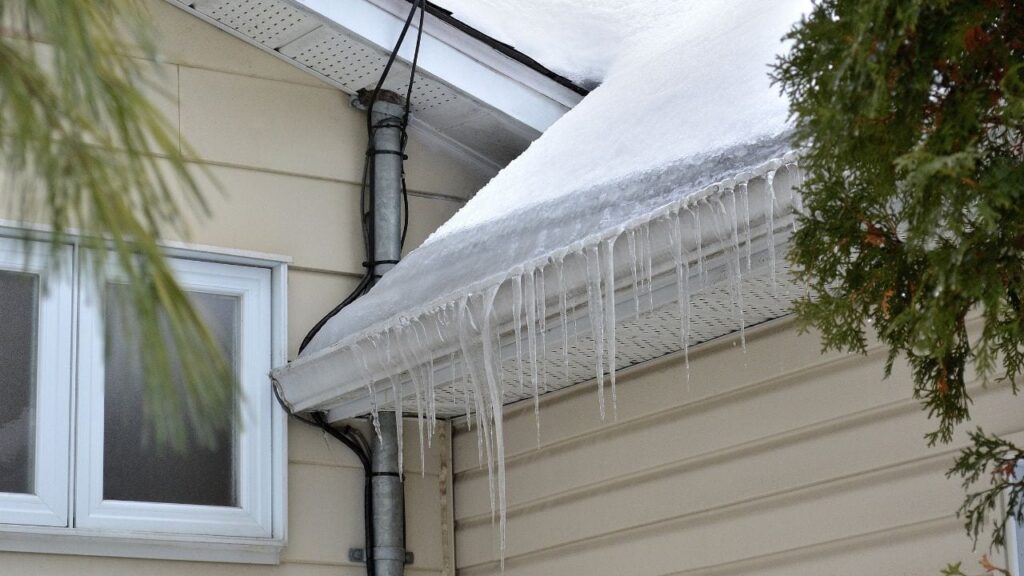
Ice dams are a common winter problem that can indicate poor attic insulation.
When heat escapes from the living space into the attic, it melts the snow on the roof.
As the melted snow reaches the colder edges of the roof, it refreezes, forming ice dams that prevent proper drainage.
This can lead to water damage, leaks, and other structural issues.
Explanation of how ice dams can be a sign of poor attic insulation
Ice dams are a telltale sign of poor attic insulation. When heat escapes from the living space into the attic, it warms the roof and melts the snow, which then refreezes at the colder edges of the roof, forming ice dams that prevent proper drainage.
Common issues caused by ice dams include:
– Water damage to the roof and interior walls
– Leaks and moisture intrusion
– Structural damage to roof and gutters
– Potential for mold growth
Potential Causes of Ice Dam Formation
Several factors contribute to the formation of ice dams, with poor attic insulation being a primary cause. Insufficient insulation allows heat to escape from the living space into the attic, warming the roof and melting the snow.
Improper ventilation can also exacerbate the problem by trapping warm, moist air in the attic. Additionally, clogged gutters or debris on the roof can impede proper drainage, increasing the likelihood of ice dam formation.
Tips for Preventing Ice Dams
To prevent ice dams, homeowners should ensure their attic has adequate insulation and ventilation. Working with local insulation companies can help identify areas of improvement and determine the most suitable insulation materials and techniques for the home.
Sealing air leaks and ensuring proper ventilation in the attic can also help minimize heat transfer and reduce the risk of ice dam formation. Regular roof and gutter maintenance, such as removing debris and ensuring proper drainage, can further mitigate the problem.
While ice dams are less common in milder climates, proper insulation is still crucial for protecting your home from moisture issues. Even in areas near attractions like the Miyazaki Japanese Garden, where temperatures are generally moderate, inadequate insulation can lead to condensation problems.
5. Pest Infestations
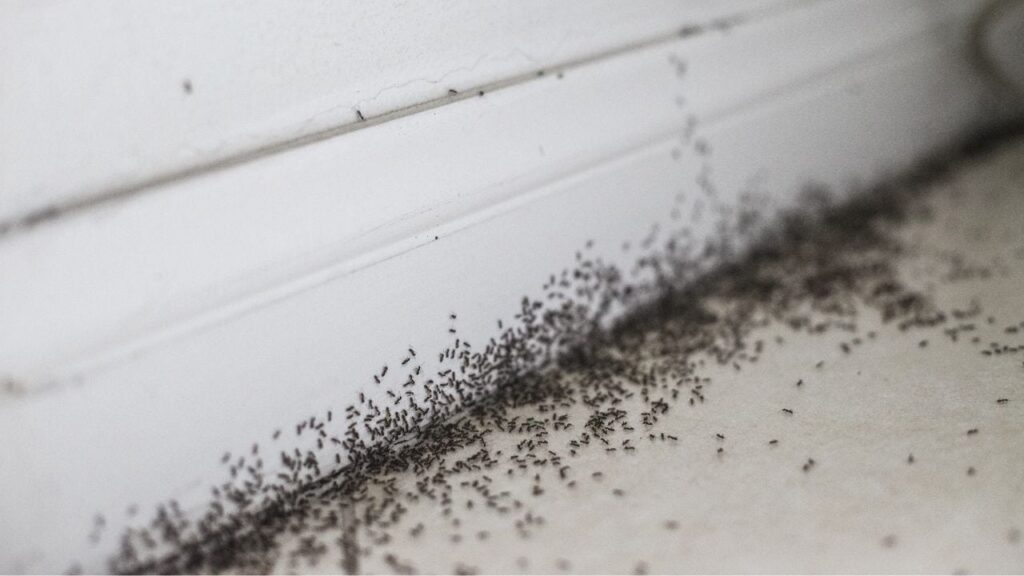
Pest infestations can be a sign of poor insulation, as gaps and voids in insulation materials provide opportunities for pests to enter and nest within the home. Common pests, such as rodents and insects, can cause damage to insulation, compromise its effectiveness, and pose health risks to occupants.
How Pest Infestations can be a Sign of Poor Insulation
Gaps, cracks, and voids in insulation materials create pathways for pests to enter and establish nests within walls, attics, and crawl spaces. Once inside, pests can damage insulation by gnawing, burrowing, or leaving droppings, compromising its effectiveness and potentially introducing health hazards.
Common signs of pest infestations related to poor insulation:
– Visible droppings or nesting materials
– Unusual noises within walls or attics
– Unpleasant odors emanating from hidden areas
– Visible damage to insulation materials
Potential Consequences of Pest Damage to Insulation
Pest damage to insulation can have several negative consequences for a home. Rodents and insects can gnaw through or burrow into insulation materials, creating gaps and voids that reduce their effectiveness. This damage can lead to increased energy consumption, higher utility bills, and reduced comfort levels. Additionally, pest droppings and nesting materials can introduce health hazards, such as allergies and respiratory issues, compromising indoor air quality.
To prevent pest infestations, homeowners should schedule regular inspections with a professional insulation company. Experts can identify potential entry points, recommend appropriate sealing methods, and ensure insulation materials are in good condition. Using pest-resistant insulation materials, such as spray foam or treated cellulose, can also help deter infestations. Additionally, sealing gaps and cracks around the home’s exterior and maintaining a clean, clutter-free environment can reduce the likelihood of pest problems.
5. Moisture and Insulation Effectiveness
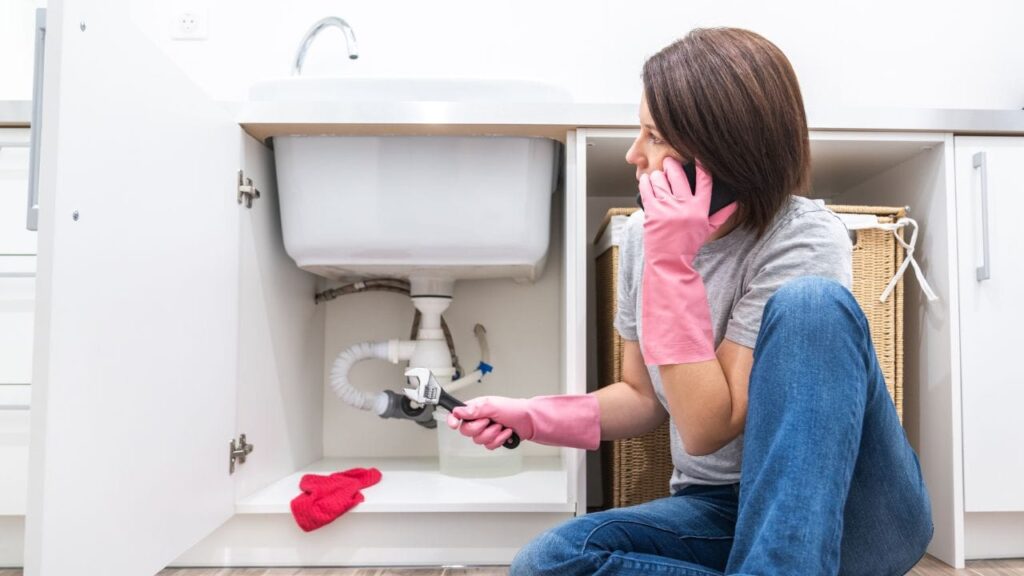
Moisture can significantly impact the effectiveness of insulation, as wet materials lose their insulating properties and can even contribute to structural damage.
Identifying and addressing the sources of moisture is crucial for maintaining a well-insulated and healthy home environment.
How can Moisture affect Insulation Effectiveness
Moisture can dramatically reduce the effectiveness of insulation materials. When insulation becomes damp, it loses its ability to resist heat flow, allowing more heat transfer between the interior and exterior of the home. Wet insulation also becomes compacted, further diminishing its R-value and insulating properties. In addition to decreased energy efficiency, moisture in insulation can lead to mold growth and structural damage over time.
Discussion of the potential causes of moisture in insulation
Several factors can contribute to moisture accumulation in insulation, including leaks in the roof, windows, or plumbing; improper ventilation; and high indoor humidity levels. Condensation can also occur when warm, moist air comes into contact with cooler surfaces, such as poorly insulated walls or pipes. In some cases, moisture may be present during installation due to improper storage or handling of insulation materials.
Tips for maintaining dry insulation
To maintain dry insulation, homeowners should promptly address any leaks and ensure proper ventilation throughout the home. Using a dehumidifier to control indoor humidity levels and installing vapor barriers can also help prevent moisture accumulation in insulation materials.
Key steps for keeping the insulation dry:
– Fix leaks in the roof, windows, and plumbing
– Ensure proper ventilation, especially in attics and crawl spaces
– Control humid levels with a dehumidifier
– Install vapor barriers to prevent moisture migration
– Regularly inspect insulation for signs of moisture or damage
6. Indoor Drafts
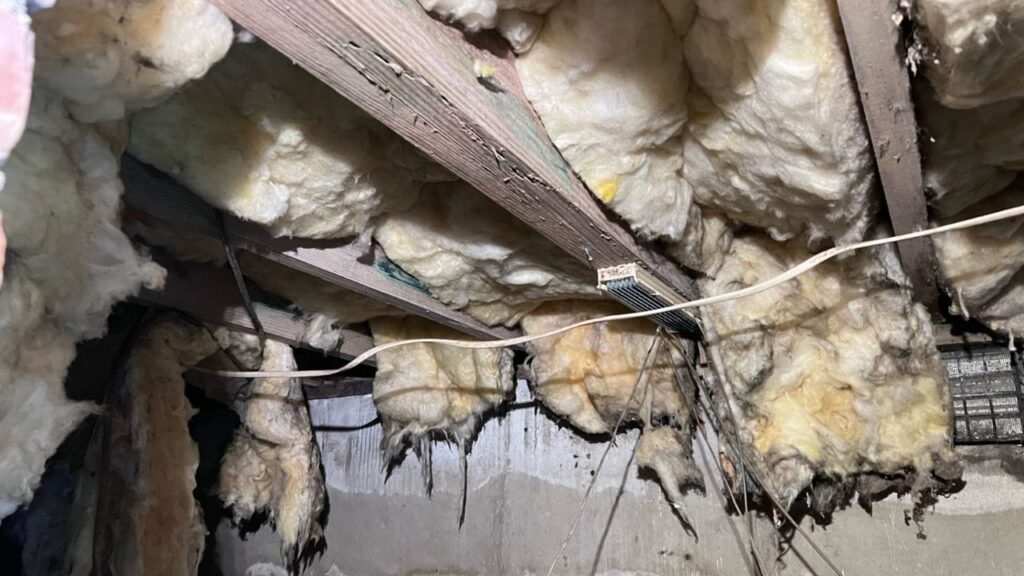
Indoor drafts are a common sign of poor insulation in a home.
These drafts can make certain rooms or areas feel colder than others, leading to discomfort and increased energy consumption as homeowners attempt to compensate for the temperature imbalance.
Identifying and addressing the causes of indoor drafts is essential for maintaining a comfortable and energy-efficient living space.
Explanation of how indoor drafts can be a sign of poor insulation
Indoor drafts are a telltale sign of poor insulation in a home. When insulation is insufficient or improperly installed, it allows cold air to enter the living space through gaps, cracks, and other openings, creating noticeable drafts. These drafts can make certain rooms or areas feel colder than others, leading to discomfort and increased energy consumption as homeowners attempt to compensate for the temperature imbalance.
Common signs of indoor drafts caused by poor insulation:
– Cold spots near windows, doors, or electrical outlets
– Noticeable temperature differences between rooms
– Curtains or drapes moving without any apparent cause
– Higher energy bills due to increased HVAC usage
Discussion of the potential causes of indoor drafts
Several factors can contribute to indoor drafts, with inadequate insulation being a primary culprit. Gaps or cracks in the building envelope, such as around windows, doors, or electrical outlets, allow cold air to enter the living space. Improperly installed insulation, like leaving spaces between batts or failing to seal edges, can also create channels for drafts. Additionally, aging or damaged insulation materials may settle or degrade over time, reducing their ability to prevent air infiltration.
Tips for identifying and sealing drafts
To identify and seal drafts, homeowners should conduct a thorough inspection of their homes, paying close attention to areas where air leaks are most likely to occur. Using a smoke pencil or incense stick can help pinpoint the location of drafts.
Once identified, gaps and cracks can be sealed using weatherstripping, caulk, or spray foam insulation. For larger voids or more complex issues, it’s best to consult with a professional insulation company to ensure proper remediation.
Potential Causes of Indoor Drafts
Insufficient or improperly installed insulation is a primary cause of indoor drafts, as it allows cold air to enter through gaps and cracks in the building envelope. Aging or damaged insulation materials that have settled or degraded over time can also contribute to drafts by reducing the insulation’s ability to prevent air infiltration.
Tips for Reducing Drafts
To reduce drafts, homeowners should seal gaps and cracks around windows, doors, and electrical outlets using weatherstripping, caulk, or spray foam insulation. Investing in energy-efficient windows and doors can also help minimize drafts. Additionally, working with a professional insulation company to identify and address areas of inadequate insulation can significantly improve home comfort and energy efficiency.
7. Age of Insulation
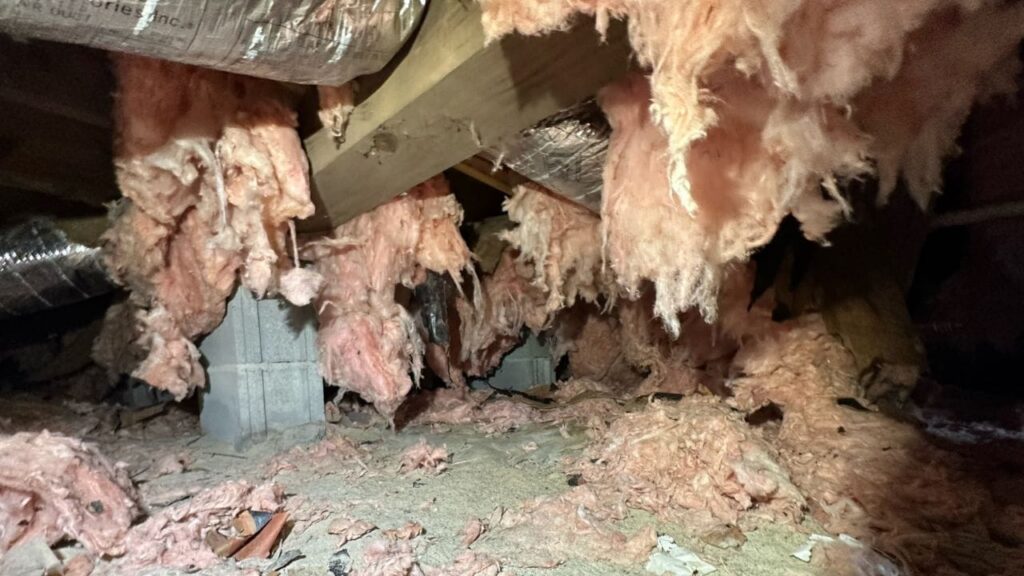
The age of insulation is a critical factor in determining its effectiveness.
Over time, insulation materials may settle, degrade, or become damaged, reducing their ability to resist heat flow and maintain a comfortable indoor environment. As insulation ages, it may also become more susceptible to pest infestations, and other issues that can further compromise its performance, leading to increased energy consumption and reduced comfort levels.
Potential Causes of Insulation Degradation
Several factors can contribute to the degradation of insulation over time. Exposure to moisture, extreme temperatures, and UV radiation can break down insulation materials, reducing their effectiveness. Pest infestations, such as rodents or insects, can also damage insulation by gnawing, burrowing, or leaving droppings.
Common causes of insulation degradation:
| Cause | Effect |
|---|---|
| Moisture exposure | Breaks down insulation materials |
| Extreme temperatures | Accelerates aging and reduces effectiveness |
| UV radiation | Degrades insulation over time |
| Pest infestations | Damages insulation through gnawing and burrowing |
| Improper installation | Leads to premature degradation |
Tips for Replacing Old Insulation
To replace old insulation, homeowners should first have a professional insulation company assess the current condition and recommend the most suitable materials and methods for their specific needs. The insulation contractor will then safely remove the old insulation, dispose of it properly, and install the new insulation, ensuring optimal coverage and performance.
Universal Insulation Doctor’s Professional Insulation Services
At Universal Insulation Doctor, we understand the significance of upholding effective insulation in your residence. Our insulation solution, provided by our experienced insulation contractors, is designed to elevate the coziness and energy efficiency of your living areas. Over an extended period, our committed teams have been advocates for preserving the welfare of homeowners throughout Hampton Roads, providing an extensive array of services to guarantee the peak performance of your home insulation project. Remember, insulation needs can vary depending on your specific location. For instance, homes near intersections like Hummingbird Ln and Snowbird Ln may have different insulation requirements compared to those in more densely populated areas. A professional insulation company can assess your home’s unique needs and provide tailored solutions.
We are one of the top insulation companies operating in and around Virginia, going strong for ten years. With an A+ rating from the Better Business Bureau, we have proven time and again that customer satisfaction is our top priority.
If that doesn’t convince you, just ask any of our previous customers. We’re known for our politeness, reliability, and quality of work. Whether you need work done in your attic, crawl space, or somewhere in between, we’ll be there to make sure it gets done right.
Contact Universal Insulation Doctor today to arrange a professional insulation service. Call us at 757-962-0340 and discover the remarkable difference that expertise in the insulation industry can bring!
Frequently Asked Questions
How to tell if your insulation is bad?
There are several signs that your home may need new insulation, such as high energy bills, uneven temperatures between rooms, drafts, and excessive noise from outside. If your insulation is old, thin, or damaged, it may not be effectively regulating your home's temperature and comfort levels.
To determine if your home needs new insulation, consider the following:
- Check the age of your current insulation. It can't be more than 15-20 years old, if it is, it may be time for an upgrade.
- Inspect your insulation for signs of damage, such as moisture, mold, or pest infestations.
- Conduct an energy audit to identify areas of your home where insulation may be lacking or ineffective.
- Look for visible gaps or compressed areas in your insulation, which can reduce its effectiveness.
If you suspect that your home needs new insulation, it's best to consult with a professional insulation contractor like Universal Insulation Doctor. They can assess your home's specific needs and recommend the most appropriate type and amount of insulation for optimal energy efficiency and comfort.
In addition to improving your home's insulation, consider having your air ducts cleaned by Universal Duct Cleaning to further enhance your indoor air quality and HVAC system efficiency.
What are the benefits of upgrading my home's insulation?
Upgrading your home's insulation offers several benefits, including improved efficiency, reduced heating and cooling costs, and increased comfort. Proper insulation helps maintain a consistent temperature throughout your home, minimizing drafts and heat loss.
How often should I have my home's insulation inspected?
Homeowners should have their insulation inspected every 3-5 years to ensure it remains effective. If you notice issues like high energy bills, drafts, or inconsistent temperatures, it's a good idea to schedule an inspection sooner.
What types of insulation are best for my home?
The best insulation for your home depends on factors such as climate, budget, and the specific areas you need to insulate. Commonly used insulation materials include fiberglass, cellulose, spray foam, and mineral wool, each with its advantages and considerations.
How much can I expect to save on energy bills with new insulation?
The amount you can save on bills with new insulation depends on several factors, such as the size of your home, the type of insulation used, and your local climate. On average, homeowners can expect to save between 10-50% on their bills after installing new insulation, which can translate to hundreds of dollars in savings each year.

